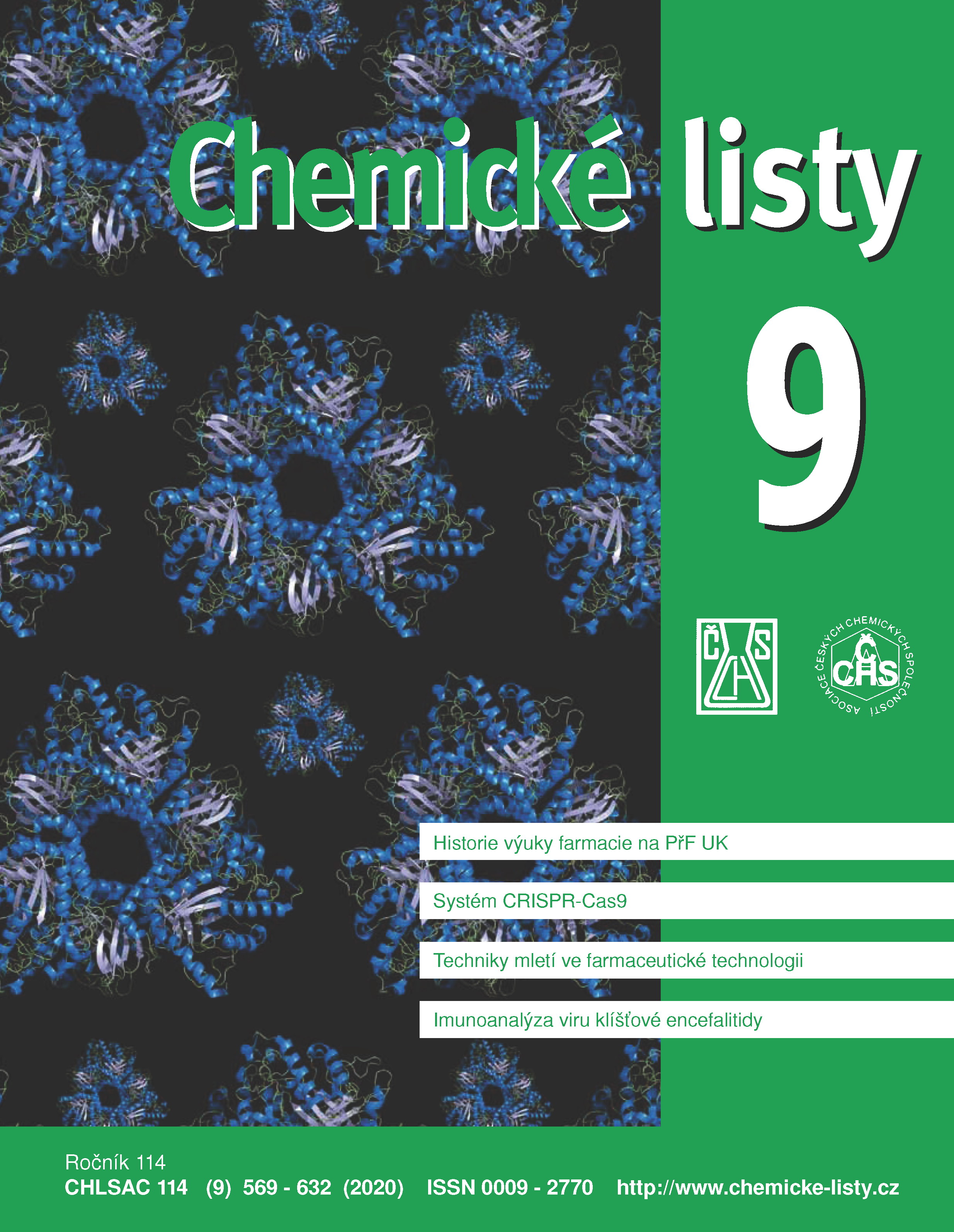Comparison of Two Immunoanalytical Methods for Determination of Antibodies to Tick-Borne Encephalitis Virus
Keywords:
ELISA, immunosensor, electrochemistry, bioanalytical methods, antibodies, tick-borne encephalitisAbstract
A highly effective way to improve the prognosis of viral infectious diseases is early detection of antibodies to various viral pathogens in biological fluids. Among a wide range of viral pathogens, tick-borne encephalitis virus (TBEV) attracts a special attention. This work reports a comparison between two bioanalytical methods (enzyme‑linked immunosorbent assay (ELISA) and voltammetric immunoassay) to determine antibodies to TBEV in a human blood serum. In these assays, the detected molecule binds to the conjugate which is labelled with enzyme (in ELISA) or silver nanoparticles (in voltammetric immunoassay). In the ELISA, the signal corresponding to a colour-producing substrate (3,3',5,5'-tetramethylbenzidine) through an enzymatic reaction is detected using a spectrophotometer at a wavelength of 450 nm. In the electrochemical immunoassay, the signal is read by the linear sweep anodic stripping voltammetry (LSASV) of silver ions (through the electrochemical stripping of accumulated elemental silver) on a graphite composite electrode. The results of both measurements demonstrated that signals increased with the increasing concentration of the target antibodies to TBEV within the range from 100 to 1600 IU mL–1. Detection limits for ELISA and voltammetric assay were 30 and 90 IU mL–1, respectively. The practical application of both immunoanalytical approaches has been verified by determining the amount of antibodies to TBEV in the human blood serum. The obtained results clearly showed an excellent agreement between the detected concentration values of antibodies to TBEV obtained by the electrochemical method and by the standard ELISA method.





